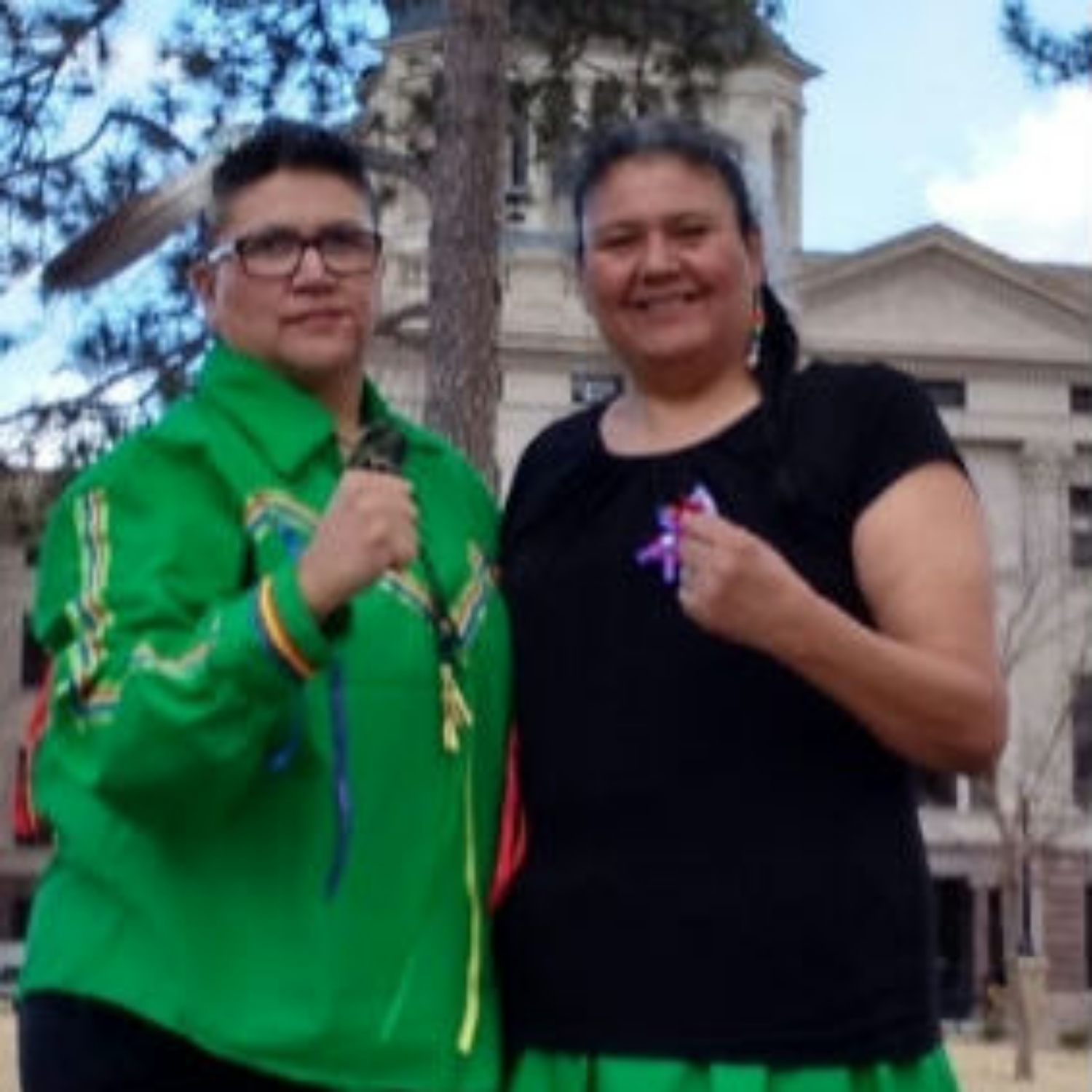Exploring the Rich Heritage of Two-Spirit People
- Monique - Felipa De Leon - Mousseau

- Jul 19
- 3 min read
The term "Two-Spirit" has profound significance in many Native American and Indigenous cultures. It describes individuals who embody both masculine and feminine spirits, representing a unique cultural identity. This fascinating aspect of diverse Indigenous cultures provides a window into their complex societal structures and beliefs.
Understanding the Two-Spirit Identity
The Two-Spirit identity encompasses a wide range of gender expressions and sexual orientations. Historically, Two-Spirit individuals held vital roles within their communities. They often served as healers, mediators, or storytellers—bridging the gap between different realms of existence.
Different tribes have various interpretations and definitions for Two-Spirit, but the unifying theme is respect for individuals who do not conform to traditional gender roles. This respect is deeply rooted in the tribal belief systems that celebrate the duality of the human spirit.

The Role of Two-Spirit People in Indigenous Cultures
In many Indigenous cultures, Two-Spirit individuals are revered. They often occupy a respected place in society, functioning as a bridge between men and women, and embodying characteristics of both genders. For instance, in the Lakota culture, Two-Spirit people—known as "wíiyukta"—have been integral in ceremonies, such as the Sun Dance.
Their roles extend beyond cultural practices. Two-Spirit individuals frequently take part in healing ceremonies, providing spiritual guidance and support, demonstrating their unique position within the community.
The Impact of Colonization on Two-Spirit People
The arrival of European settlers drastically affected Indigenous cultures and their values towards Two-Spirit people. Colonization introduced rigid gender norms and attitudes that marginalized and often criminalized those who fell outside traditional categories. As a result, Two-Spirit individuals faced substantial oppression and violence.
The historical trauma resulting from colonization is evident. Many Two-Spirit people experienced disconnection from their traditions and communities. However, resistance and resilience characterize their narrative. They began to reclaim their identities, drawing from the roots of their deep cultural heritage.

Revitalization of Two-Spirit Traditions
In recent years, there has been a resurgence in the acknowledgment and celebration of Two-Spirit identities. Many Indigenous communities are remembering and reinstating the vital roles of Two-Spirit people within their cultures. This revitalization is critical as it counteracts centuries of colonial oppression, encouraging pride, acceptance, and understanding.
Cultural events, powwows, and festivals now feature Two-Spirit categories. These occasions serve not only as celebration but also as platforms to educate others about Two-Spirit history.
Organizations dedicated to Indigenous culture and LGBTQ+ advocacy have emerged, creating spaces for dialogue, healing, and empowerment. These organizations are crucial in fostering a supportive environment for Two-Spirit individuals. They also emphasize the importance of understanding the historical context around Two-Spirit identities through resources and educational efforts.
How to Support Two-Spirit People Today
Supporting Two-Spirit individuals and communities requires both understanding and action. Here are some practical ways to help:
Educate Yourself: Familiarize yourself with the cultural significance of Two-Spirit people. Understanding their unique histories can promote empathy and respect.
Advocate: Support legislation that protects LGBTQ+ rights and Indigenous sovereignty. Advocacy at various levels can bring about necessary changes.
Attend Events: Participate in local Indigenous events or Two-Spirit gatherings. Being present demonstrates support and solidarity.
Support Indigenous Art and Businesses: Encourage Indigenous artists and entrepreneurs. This support fosters economic empowerment within communities.
Listen and Learn: Give space for Two-Spirit voices. Their experiences and insights are invaluable; listening is a powerful form of acknowledgment.

A Journey Towards Understanding and Acceptance
The journey to understanding and accepting Two-Spirit people is ongoing. Society is gradually shifting toward more inclusive ways of thinking, but there is still much work to be done. Education and awareness play vital roles in fostering acceptance.
Acknowledging the unique challenges that Two-Spirit individuals face is crucial. By understanding their history, we recognize the resilience that has emerged from centuries of struggle. This awareness can lead to meaningful dialogue and advocacy.
Now, more than ever, empowering Two-Spirit individuals in contemporary society is vital. Their heritage is rich and rooted deeply within cultural identities, teaching us lessons about respect, diversity, and the beauty of duality in human existence.
As we explore the rich heritage of Two-Spirit people, we not only learn about their unique identities but also reflect on our understanding of gender and sexuality in broader cultural contexts. We can cultivate an environment of compassion and support, honoring their place within Indigenous narratives and our society at large.





Comments